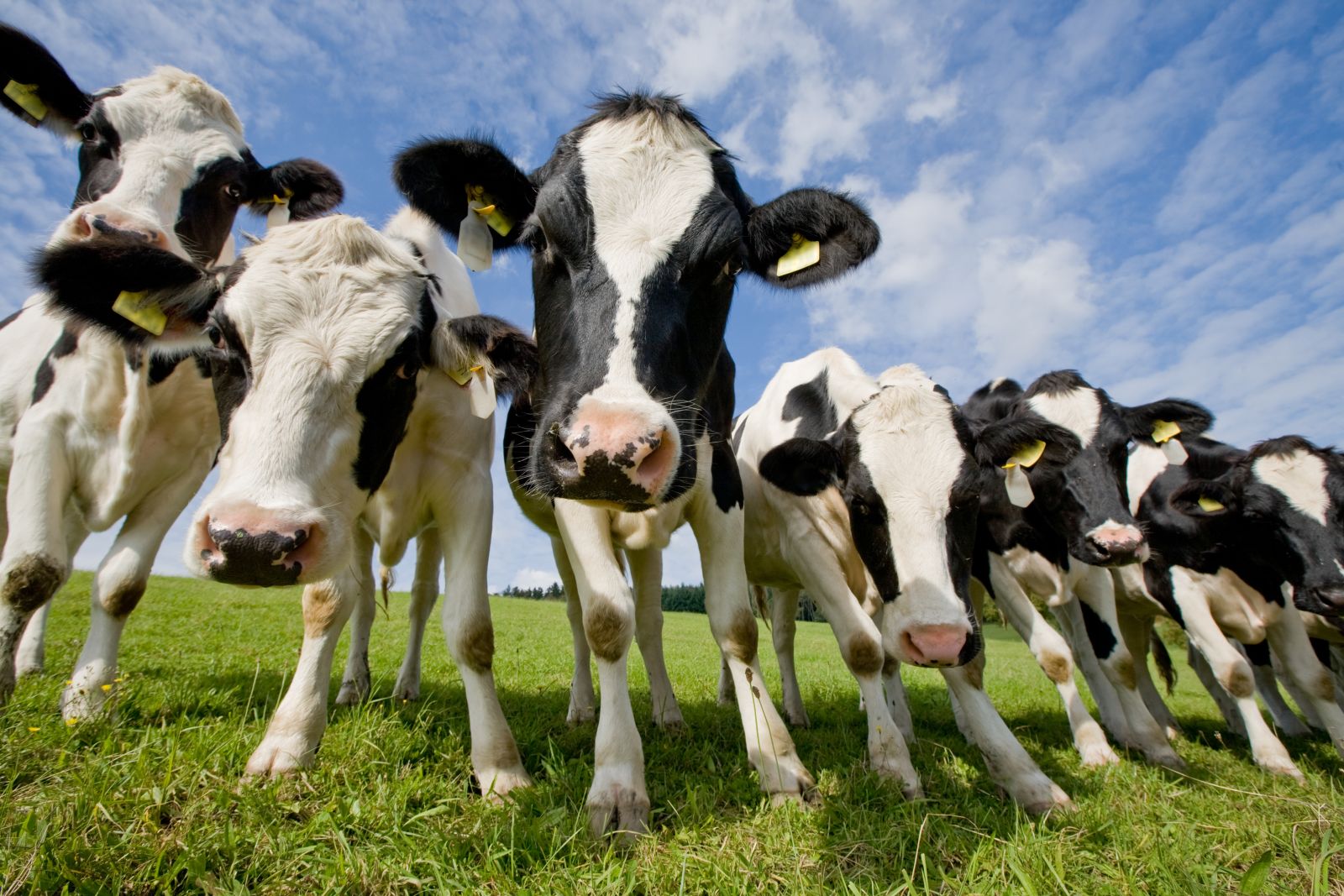
Can you say “Moo?”
A flashpoint of sorts is emerging in cattle, and everyone from America’s ranchers to traders and everyday shoppers is caught in the crosshairs.
For years, beef prices have been trending up as America’s herd has shrunk to its smallest size in 75 years. Drought conditions and high operating costs that left ranchers unprofitable forced herds smaller and smaller over time.
But America’s appetite for beef is only growing, up 9% over the past decade.
The resulting supply-demand imbalance has left the U.S. importing a record amount of beef while grocery prices continue to climb. The Bureau of Labor Statistics quotes the price of a pound of ground beef up $2 over the past four years. Plus, a move by President Donald Trump to levy 50% tariffs on imports from Brazil – the largest global exporter of beef – has further raised prices.
While this is pinching consumers’ already-strained pocketbooks, it has helped ranchers start to “heal.”
Now, Trump is calling to bring down prices in a move that has angered ranchers and triggered a collapse in live (LEZ25) and feeder cattle (GFF26) futures. The president suggested that the U.S. would begin buying Argentine beef to lower prices and help bolster Argentina’s struggling economy. Trump wrote on Truth Social in response to backlash to his proposal:
“The Cattle Ranchers, who I love, don’t understand that the only reason they are doing so well, for the first time in decades, is because I put Tariffs on cattle coming into the United States, including a 50% Tariff on Brazil. If it weren’t for me, they would be doing just as they’ve done for the past 20 years – Terrible!”
Since then, the U.S. Department of Agriculture has released a plan to support American cattle ranchers, including through exploring the expansion of grazing land on federal property. January feeder cattle futures are down 5.7% in the past five days while live cattle futures are down 3% in the same period. Both live and feeder cattle futures made limit-down moves in Friday, Oct. 24 trading.
Here’s what Barchart’s experts have to say as cattle futures prices remain in flux – and what could come next.
Why Are Beef Prices on the Rise?
“Supply and demand. It’s simple. The U.S. cattle industry decreased the size of the herd a number of years ago due to a number of factors, most notably costs (feed, labor, etc.) At the same time, consumer demand remained strong for beef. The end result was a record rally, driven by fundamentals, in both cash cattle (live and feeder) and boxed beef.”
— Darin Newsom, Barchart’s Senior Market Analyst.
Will Beef Prices Return to Normal? What Should We Expect?
“Markets move in cycles. As the old saying goes, high prices cure high prices. Eventually, the U.S. cattle herd will expand again, making more beef available.”
“What is normal? Prices go up over time. When I was a kid, gasoline was 35 cents per gallon. It was normal. Today it is $3.50, and also normal. Beef prices could decrease a little as supplies increase, but packers and sellers know what consumers are willing to pay, so why lower prices?”
“The U.S. cattle industry has made the same decision over the past few years, and rightly so. They are making money. Demand is strong.”
— Darin Newsom
What Do Brazil Tariffs Mean for Beef Prices?
“Tariffs are trade barriers that distort prices. Since Brazil and Argentina are leading cattle-producing countries, the tariffs and trade deals should continue to impact prices.”
— Andrew Hecht, a regular contributor to Barchart’s Commodity Bulletin newsletter.
What Is Trump Proposing with Argentine Beef?
“The White House is looking to buy four times its typical quota of Argentine beef in an effort to lower U.S. consumer beef prices – a move that risks alienating longtime farm-state allies of President Trump, according to people familiar with the talks and reported by POLITICO. Trump administration officials have told congressional Republicans and agriculture industry representatives that they’re eyeing a purchase of 80,000 metric tons of Argentine beef.”
— Jim Wyckoff, one of Barchart’s commodities experts and a regular contributor to the Commodity Bulletin newsletter
What Would Happen to Cattle Futures Prices and Beef Prices if Trump Did Strike an Argentina Deal?
“Nothing. Absolutely nothing.”
— Darin Newsom
What Is the Ideal Outcome for Shoppers, Ranchers, and Traders?
“Let the market play out. … Consumers can, at any time, change the market by simply changing demand. U.S. beef is not inelastic. There are cheaper proteins to put on the table. And we are getting closer to turkey season.”
— Darin Newsom
What Is the 5-Day Outlook for Live and Feeder Cattle Futures?
“Cattle futures were badly spooked today by news Mexico’s agriculture minister will travel to Washington, D.C. next week with the aim of reaching an agreement on the reopening of the border to Mexican cattle amid an outbreak of the flesh-eating screwworm parasite, President Claudia Sheinbaum said on Thursday and as reported by Reuters.”
“Cash cattle trading turned more active late this week. USDA at midday today reported steers fetched an average price of $237.86 and light heifer trade averaged $239.12. That compares to last week’s average cash cattle trade at $239.82. The noon report today showed boxed beef cutout values firmer, with Choice-grade up $2.76 to $376.90, while Select-grade rose $2.87 to $357.61. Movement at midday was solid at 109 loads. The Choice-Select spread is presently $18.29.”
— Jim Wyckoff
What to Expect Next from Live and Feeder Cattle Futures?
“While the cattle futures markets are in the offseason for demand, where prices tend to decline to annual lows, the beef futures have made higher lows over the past five years, and that is likely to continue into the 2026 grilling season, starting in late May. Buying price weakness could be optimal over the coming weeks and months, but leaves plenty of room to add on further declines, as picking bottoms in the volatile meat sector can cause lots of indigestion.”
— Andrew Hecht
“90-day outlook: Key for the cattle markets in the coming months will be consumer demand for beef remaining good. The major U.S. stock indexes today hit record highs. The Federal Reserve next week is fully expected to cut U.S. interest rates by 0.25%. Those are bullish elements for stronger consumer confidence and still-good demand for beef at the meat counter.”
— Jim Wyckoff
What Should Cattle Futures Traders Be Watching Now?
“As always, I’m watching cash markets and futures spreads. These will tell me when supplies are actually starting to build again.”
— Darin Newsom







